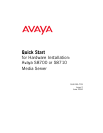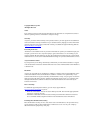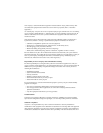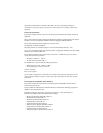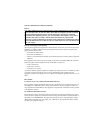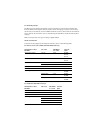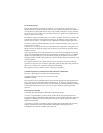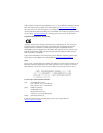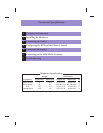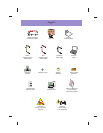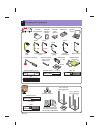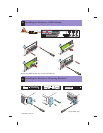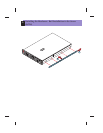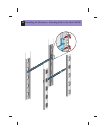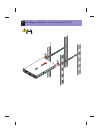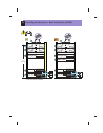
Federal Communications Commission Statement
Part 15:
Part 68: Answer-Supervision Signaling
Allowing this equipment to be operated in a manner that does not provide proper answer-supervision
signaling is in violation of Part 68 rules. This equipment returns answer-supervision signals to the
public switched network when:
• answered by the called station,
• answered by the attendant, or
• routed to a recorded announcement that can be administered by the customer premises equipment
(CPE) user.
This equipment returns answer-supervision signals on all direct inward dialed (DID) calls forwarded
back to the public switched telephone network. Permissible exceptions are:
• A call is unanswered.
• A busy tone is received.
• A reorder tone is received.
Avaya attests that this registered equipment is capable of providing users access to interstate providers
of operator services through the use of access codes. Modification of this equipment by call
aggregators to block access dialing codes is a violation of the Telephone Operator Consumers Act of
1990.
REN Number
For MCC1, SCC1, CMC1, G600, and G650 Media Gateways:
This equipment complies with Part 68 of the FCC rules. On either the rear or inside the front cover of
this equipment is a label that contains, among other information, the FCC registration number, and
ringer equivalence number (REN) for this equipment. If requested, this information must be provided
to the telephone company.
For G350 and G700 Media Gateways:
This equipment complies with Part 68 of the FCC rules and the requirements adopted by the ACTA.
On the rear of this equipment is a label that contains, among other information, a product identifier in
the format US:AAAEQ##TXXXX. The digits represented by ## are the ringer equivalence number
(REN) without a decimal point (for example, 03 is a REN of 0.3). If requested, this number must be
provided to the telephone company.
Note: This equipment has been tested and found to comply with the limits for a Class A digital
device, pursuant to Part 15 of the FCC Rules. These limits are designed to provide reasonable
protection against harmful interference when the equipment is operated in a commercial
environment. This equipment generates, uses, and can radiate radio frequency energy and, if
not installed and used in accordance with the instruction manual, may cause harmful
interference to radio communications. Operation of this equipment in a residential area is likely
to cause harmful interference in which case the user will be required to correct the interference
at his own expense.



